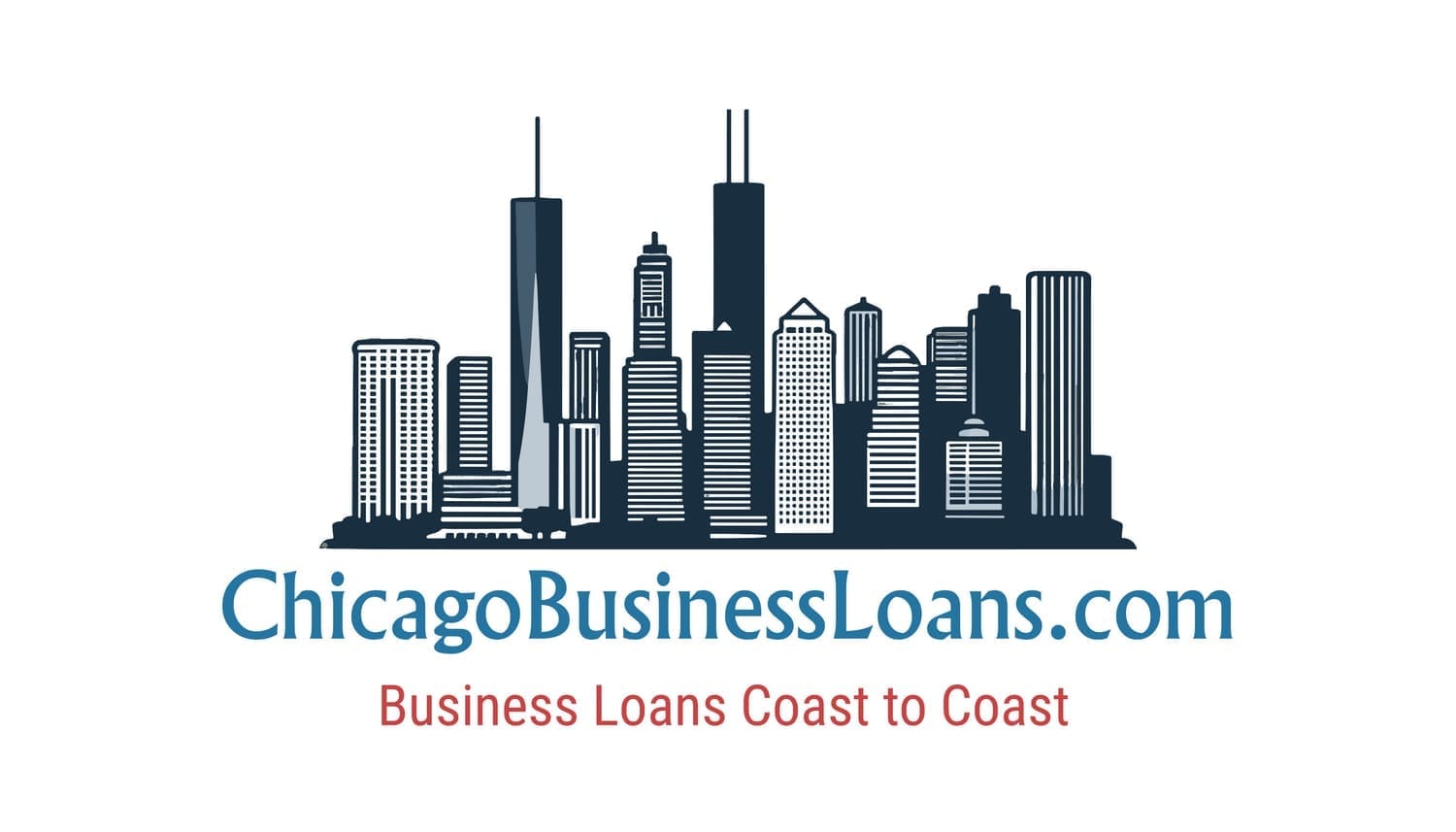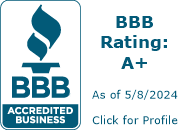Equipment Financing
Equipment Financing Made Simple
Quick Facts:
Paid back in monthly payments
Usually requires 10–20% down
Rates range from 8%–25%
Offered by banks, credit unions, and online lenders

Running a business often means needing new equipment — whether it’s desks for your office, ovens for your restaurant, or dental X-ray machines for your clinic. But equipment is expensive, and not every business has the cash to pay for it upfront. Even if you do, you might prefer to use that money for other things, like marketing or payroll.
That’s where equipment financing comes in.
There are two main ways to finance equipment:
Equipment loans (you borrow money to buy it).
Leases (you rent or lease the equipment).
Let’s break them down.
Equipment Loans
With an equipment loan, you borrow money from a lender and make monthly payments until it’s paid off. The equipment itself usually serves as collateral for the loan.
Who offers them?
Banks
Credit unions
Alternative/online lenders
SBA-backed programs (like the SBA 504 loan for big purchases)
What can you finance?
Almost anything your business needs: computers, kitchen equipment, tools, vehicles, or heavy machinery.
Rates & Terms:
Banks and credit unions: 6%–12% interest, terms up to 7–10 years
Online lenders: faster approvals (sometimes within days), but higher rates (and shorter repayment periods, often 6 months–2 years)
SBA 504 loans: good for expensive equipment, 10% down payment required
Down payment: Usually 20% (10% for SBA loans).
Tax benefit: You can deduct the loan interest as a business expense.
What you’ll need to apply:
Business plan (why you need the equipment and how it helps your business grow)
Financial statements (profit & loss, cash flow)
Resume or business experience
Collateral (the equipment itself often qualifies)
Equipment Leasing
Leasing lets you use equipment without fully owning it upfront. You make monthly payments, and at the end of the lease, you may have the option to buy the equipment (sometimes for as little as $1).
When leasing makes sense:
Technology that quickly becomes outdated (computers, software, medical devices)
Equipment that wears out fast
Situations where you want lower monthly payments
Pros of leasing:
Easier to qualify for than loans
Often no down payment
Payments may be lower than loan payments
Sometimes lets you upgrade equipment during the lease
Lease payments are often fully tax-deductible
Cons of leasing:
Can cost more long-term than buying
You’re locked into payments, even if you stop needing the equipment
Choosing Between a Loan and a Lease
Ask yourself:
How long will I need the equipment?
Do I want to own it long-term, or will I need to upgrade soon?
Would I rather keep more cash on hand for other business expenses?
If you want ownership and long-term use, a loan is often better.
If you want flexibility or are dealing with fast-changing technology, leasing may be smarter.
✅ Bottom line: Equipment financing gives you options to get the tools your business needs without draining your cash. The right choice depends on your budget, credit, and how long you’ll use the equipment.
Disclaimer: * The 0% is for a limited period of time, your initial time period and final rate will be based on your qualifications and program offerings at time of application and approval. All programs are subject to change without notice. Submitting your business funding application will not impact your personal credit score. However, if you choose to proceed with an offer, certain funding options may require a hard credit inquiry. ChicagoBusinessLoans.com is not a direct lender and does not make credit decisions. Approvals are not guaranteed and are subject to bank/issuer decision. We do not provide legal, tax, or financial advice. Please consult a licensed professional for personalized guidance.
Leave your email and we will contact you in 24 hours

